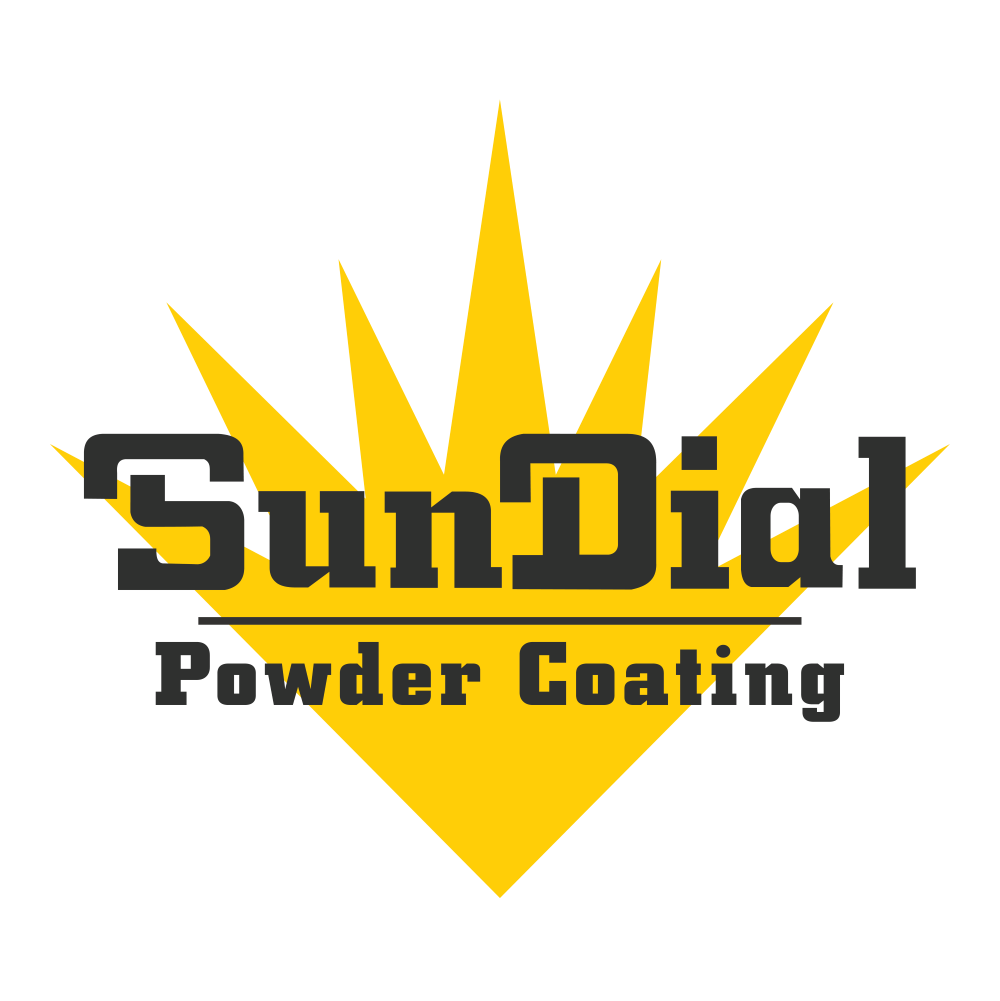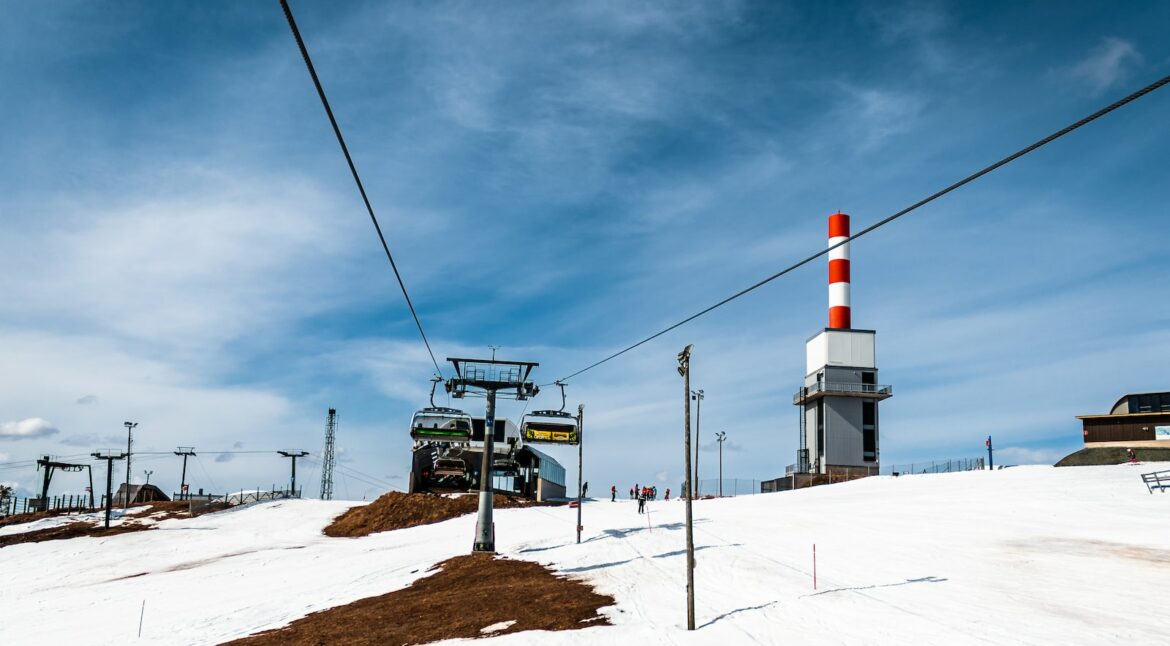Introduction:
In the realm of architectural design and construction, the selection of durable and aesthetically pleasing coatings plays a pivotal role. While traditional paint applications have long been the preferred choice, an advanced alternative named powder coating has gained considerable traction in recent years. This technical article aims to present a comprehensive exploration of the superiority of powder coating over paint in architecture. Through an in-depth analysis of its inherent properties, such as durability, versatility, and environmental impact, this article seeks to unravel the technical nuances that have made powder coating a preferred architectural solution. By examining the functional advantages and aesthetic possibilities offered by powder coating, architects, designers, and industry professionals can make informed decisions about coating applications that align with the demands of contemporary architectural projects. So, without further ado, let us delve into the technical realm and explore the reasons behind powder coating’s ascendancy in architectural design.
Table of Contents
- Advantages of Powder Coating over Paint in Architectural Applications
- Longevity and Durability of Powder Coating in Harsh Environments
- Enhanced Aesthetics and Design Flexibility with Powder Coating
- Recommendations for Choosing and Maintaining Powder Coating in Architectural Projects
- Q&A
- Final Thoughts

Advantages of Powder Coating over Paint in Architectural Applications
When it comes to architectural applications, powder coating offers numerous advantages over traditional paint. From enhanced durability to eco-friendliness, this innovative coating technique has revolutionized the way we protect and beautify architectural structures. Here are some key advantages of powder coating:
- Superior durability: Powder coating forms a tough, chip-resistant finish that can withstand extreme weather conditions, including UV radiation and temperature fluctuations. This long-lasting durability ensures that architectural structures maintain their aesthetic appeal for years to come.
- Wide range of colors and finishes: Powder coating allows architects and designers to choose from a vast array of colors and finishes to achieve their desired look. Whether it is a sleek metallic finish or a textured surface, the options are virtually limitless, enabling greater design flexibility and creativity.
- Environmental friendliness: Unlike traditional paint, powder coating is solvent-free and emits almost zero volatile organic compounds (VOCs) during the curing process. It is also free from heavy metals such as lead or chromium, making it a safer and more environmentally friendly choice for architectural applications.
- Efficient application process: Powder coating offers an efficient application process that minimizes waste. The powder is electrostatically charged and sprayed, adhering uniformly to the surface, eliminating the need for additional touch-ups. This streamlined process reduces labor, time, and costs associated with conventional paint application.
From its exceptional durability to its eco-friendly nature, powder coating provides undeniable advantages for architectural applications. Its ability to withstand the elements, wide range of color options, environmental friendliness, and efficient application process make it a preferred choice for architects and designers seeking long-lasting, visually appealing finishes for their structures.
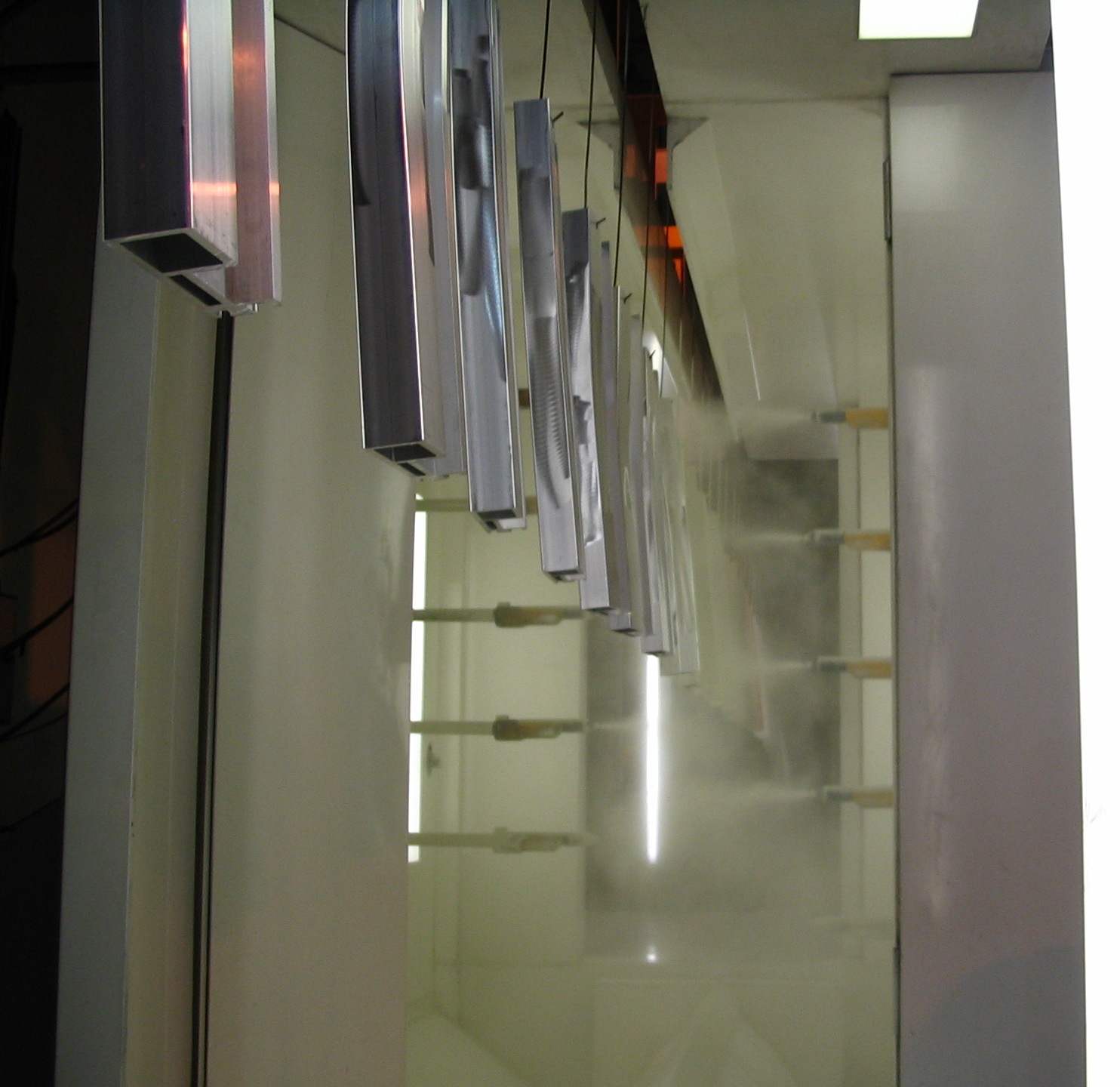
Longevity and Durability of Powder Coating in Harsh Environments
When it comes to protecting your surfaces against the relentless challenges of harsh environments, powder coating stands tall as an unwavering champion. With its exceptional longevity and unparalleled durability, this advanced coating method has become the go-to choice for industries that demand the utmost protection.
1. Resistance to Corrosion: Powder coating boasts an inherent resistance to corrosion, safeguarding your surfaces from the damaging effects of moisture and chemicals. This protective barrier shields against rust, oxidation, and other typical corrosive agents, ensuring the longevity of your materials even in the harshest conditions.
2. UV Resistance: The unforgiving rays of the sun can wreak havoc on unprotected surfaces. However, powder coating’s resilient formulation includes additives that offer UV resistance. This means your coated parts will remain vibrant and resilient against fading, chalking, and deterioration caused by UV exposure.
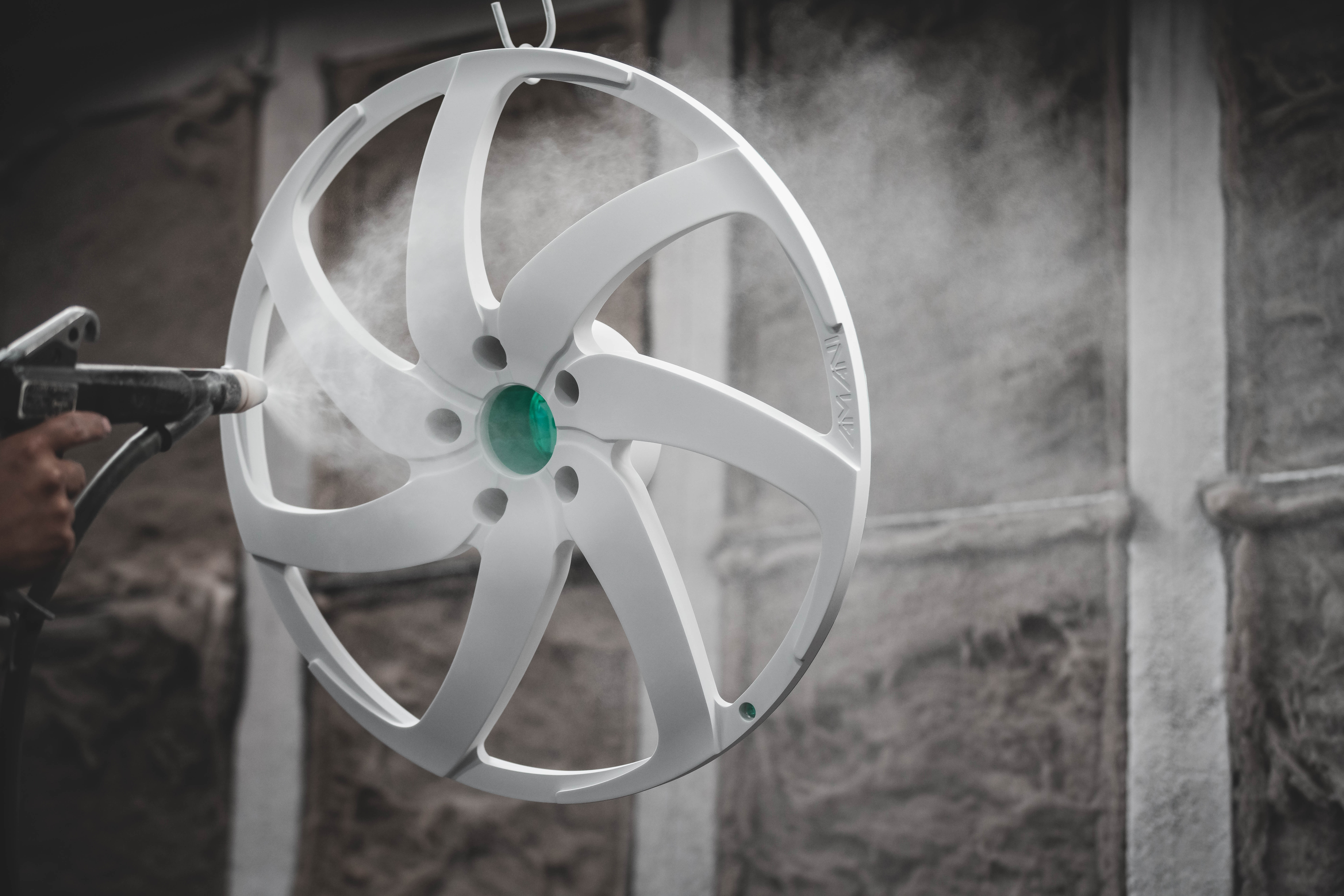
Enhanced Aesthetics and Design Flexibility with Powder Coating
Powder coating has revolutionized the world of aesthetics and design by providing unmatched versatility and durability. With its ability to adhere to a wide variety of materials, including metals, plastics, and wood, powder coating offers endless possibilities for creating visually stunning products. The process involves applying a dry powder to the surface, which is then cured under heat, resulting in a tough, chip-resistant finish that is resistant to fading and chipping. This durability ensures that the beauty of the coated product will last for years to come, making it an ideal choice for both indoor and outdoor applications.
One of the key advantages of powder coating is the freedom it gives designers in terms of color and finish options. Unlike traditional wet paint, powder coating is available in an extensive range of colors, textures, and effects, allowing for unparalleled creativity and customization. From matte to glossy finishes, metallic to textured surfaces, the possibilities are virtually limitless. Whether you want to achieve a sleek, modern look or a rustic, vintage aesthetic, powder coating can help bring your vision to life.
Additionally, the process of powder coating offers design flexibility that is difficult to achieve with other coating methods. It allows for precise control of coating thickness, ensuring consistency and uniformity across the entire surface. This means that even complex shapes and intricate details can be coated with ease, without sacrificing the quality of the finished product. Furthermore, powder coating provides excellent coverage, eliminating the need for additional coats and reducing material wastage.
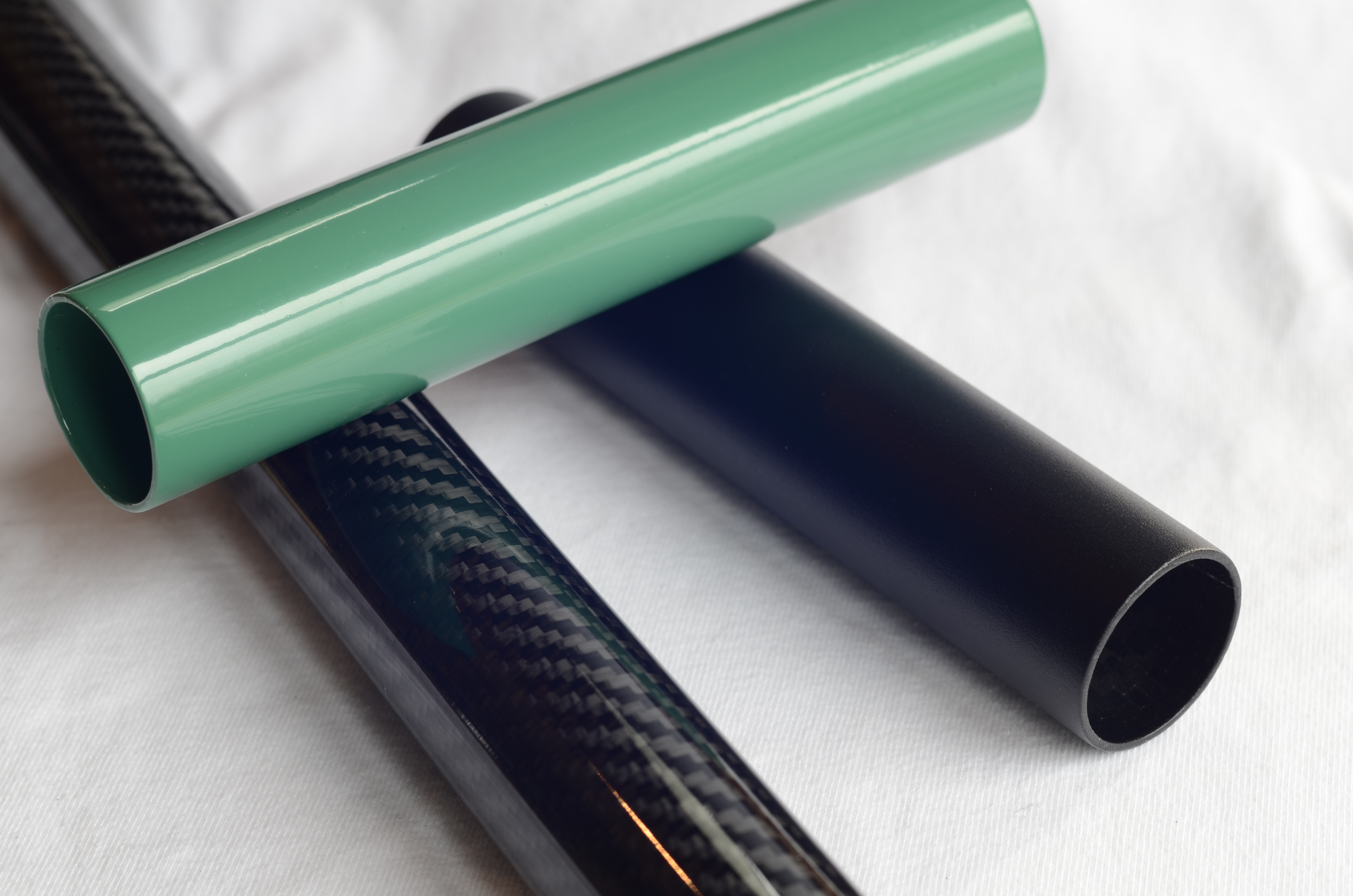
Recommendations for Choosing and Maintaining Powder Coating in Architectural Projects
- Quality Powder Coating: Prioritize selecting a high-quality powder coating with excellent adhesion properties and resistance to fading, chipping, and corrosion. Look for products that comply with architectural standards to ensure long-term performance.
- Color Selection: Opt for powder coatings that offer a wide range of color options to meet your architectural project’s specific requirements. Consider vibrant or metallic shades for unique designs, while keeping in mind the durability and compatibility with the coating system.
- Surface Preparation: Properly prepare the surface to be coated by removing any dirt, grease, or rust. Thoroughly clean the substrate using appropriate methods, such as sandblasting or chemical treatment, to ensure optimal adhesion and longevity of the powder coating.
- Application Techniques: Identify the suitable application technique based on the complexity and size of your architectural project. Whether it’s electrostatic spraying or fluidized bed coating, consult with powder coating professionals to determine the best method for achieving desired results.
Maintaining the appearance and performance of powder coating in architectural projects requires a diligent approach:
- Regular Cleaning: Create a maintenance routine that includes periodic cleaning of the coated surfaces. Use mild, non-abrasive cleaners and soft cloths or brushes to remove dirt, dust, and other contaminants that can gradually degrade the coating’s aesthetics.
- Inspection and Repair: Consistently inspect the powder coating for any signs of damage, such as scratches, cracks, or corrosion. Promptly address these issues by following the manufacturer’s recommendations for repairs or seeking professional assistance.
- Protective Measures: In high-traffic areas or where the coating is susceptible to abrasion, consider implementing protective measures like clear coatings or additional barriers to enhance the longevity of the powder coating.
Q&A
Q: What is powder coating and how does it differ from traditional paint in architecture?
A: Powder coating is a surface finishing technique that applies a dry powder to metal surfaces. Unlike traditional liquid paint, powder coating does not require solvents to keep the binder and filler parts in a liquid suspension. Instead, it is electrostatically applied and then cured at high temperatures, forming a durable and protective layer.
Q: What are the advantages of using powder coating over paint in architectural applications?
A: Powder coating offers several significant advantages over traditional paint when used in architecture. Firstly, powder coatings are known for their exceptional durability and resistance to chipping, scratching, and fading. This makes them particularly suitable for architectural use, where surfaces are exposed to harsh weather conditions, UV radiation, and physical contact.
Q: How does powder coating contribute to the sustainability of architectural projects?
A: Powder coating is a more environmentally friendly alternative to traditional paint due to its lack of solvents and low levels of volatile organic compounds (VOCs). These features make it a safer choice for both workers and the environment, as it produces fewer harmful emissions.
Q: Is powder coating cost-effective compared to traditional paint?
A: While the initial cost of powder coating may be slightly higher than that of traditional paint, its long-term cost-effectiveness becomes evident over time. Powder coating requires minimal maintenance and touch-ups, making it a more durable and cost-efficient choice in the long run.
Q: Does the application of powder coating offer a wide range of color options for architectural projects?
A: Absolutely. Powder coatings come in an extensive variety of colors and finishes, giving architects and designers a vast range to choose from. Customization is also possible with powder coating, allowing for unique and creative architectural designs.
Q: Can powder coating be applied to different materials commonly used in architecture?
A: Yes, powder coating is highly versatile and can be applied to various materials, including aluminum, steel, and even less common substrates like stainless steel, zinc, and galvanized metals. This versatility allows for consistent results, regardless of the material being coated.
Q: Are there any limitations or drawbacks to using powder coating in architecture?
A: While powder coating offers numerous benefits, it does have certain limitations. For example, intricate designs with sharp edges and tight corners may pose challenges during the powder coating process. Additionally, touch-ups or repairs to powder-coated surfaces are more complex compared to traditional paint.
Q: How can architects and designers ensure the quality and longevity of powder-coated architectural finishes?
A: To ensure optimal quality and longevity, it is crucial to follow proper pre-treatment, application, and curing processes as recommended by the powder coating manufacturer. This includes thorough surface preparation, adequate thickness of the powder application, and proper curing temperature and duration.
Q: In summary, what distinguishes powder coating as a superior choice for architectural applications?
A: Powder coating excels in architectural applications due to its exceptional durability, resistance to fading and chipping, environmentally friendly nature, extensive range of color options, and versatility across different materials. With its superior qualities, powder coating continues to be a preferred surface finishing technique in architecture.
To Wrap It Up
In conclusion, the advantages of powder coating over traditional paint in architecture are undeniable. The superior durability, enhanced resistance to weathering and corrosion, reduced maintenance requirements, and endless array of color options make powder coating a highly preferred choice among architects and construction professionals.
The technical composition of powder coating, consisting of a solvent-free mixture of resin, pigment, and curing agents, ensures a seamless, uniform finish with excellent adhesion to the metal substrate. This superior adhesion not only enhances the coating’s longevity but also provides protection against chipping and peeling over time.
Moreover, the curing process of powder coating eliminates the need for harmful solvents and reduces VOC emissions, making it an eco-friendly option. Architects can confidently specify powder coating without compromising environmental sustainability goals.
The advanced formulation of powder coating further provides excellent resistance to fading, chalking, and other effects of prolonged exposure to sunlight and harsh weather conditions. This means that buildings coated with powder are more likely to retain their original aesthetic appeal for longer periods, reducing the frequency and costs associated with repainting.
Additionally, powder coating excels in architectural projects where customization and color versatility are paramount. With a wide range of textures and finishes available, architects can unleash their creative vision, achieving stunning visual effects with ease. From metallics to pearlescents, mattes to glosses, the possibilities with powder coating are limitless.
In summary, powder coating undeniably outperforms traditional paint in architecture, offering unparalleled durability, environmental friendliness, and design flexibility. The technical superiority of this coating method ensures long-lasting, vibrant colors that remain unaffected by external factors. Architects seeking resilient, sustainable, and aesthetically pleasing solutions can confidently opt for powder coating, knowing they are choosing a superior alternative in the realm of architectural designing and finishing.
